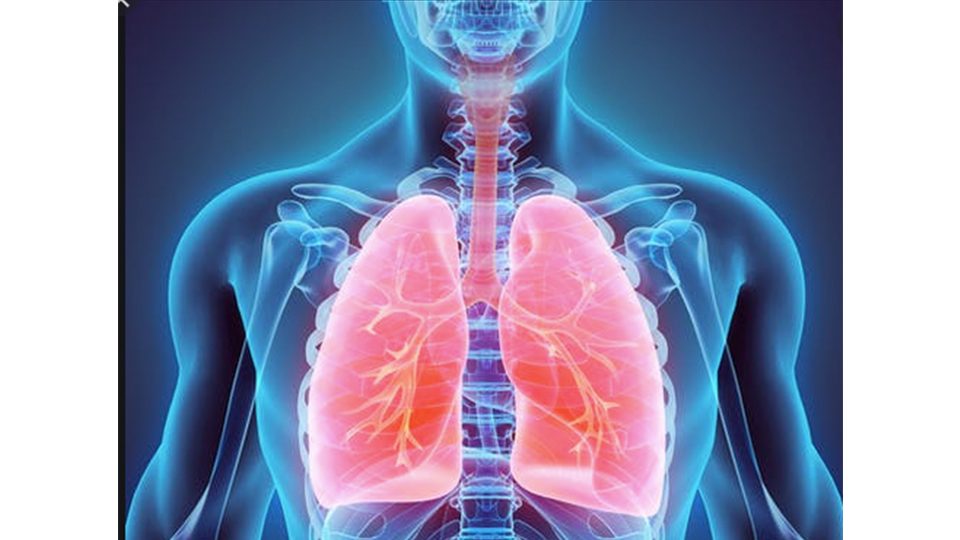Kapalabhati
Sanskrit, ‘Kapala’ = ‘skull’ and ‘bhati’ = ‘light’ ‘lustre’ or ‘shining’. Kapalabhati literally means – that which shines or brings a glow to the forehead(kapala). Kapalabhati is a way of cleansing the body.
This kind of breathing is a voluntary abdominal breathing practiced with the focus on forceful exhalations. The inhalation is passive and slow whereas the exhalation is vigorous. This practice is a preparation for other practices, clearing and cleaning the nasal passage.
Training Objective
Strengthen the breathing muscles; chest expanding muscles; specially the diaphragm.
Execution
This is a challenging exercise. *
- Assume the easy pose, sukhasana. Maintain the back straight all the time.
- This exercise could be perform with mouth breathing or nose breathing. (is one of the fewest exercises recommended for mouth breathing since the training objective is mainly to strengthen the diaphragm).
- While keeping control of the abdominal muscles, exhale partially.
- Complete this first exhaling phase rapidly and sharply and you will feel a rough raise of the diaphragmatic muscle, at the begining of the movement it is accomplished mostly by the abdominal muscle.
- Let the diaphragm relax and passively descend, bringing a passive bresthe in.
- Continue active/forceful exhalation and passive inhalation.
- Complete 30 rapid breaths, then take a deep breath and exhale slowly.
- This is one round of Kapalabhati.
- Each round shall be followed by deep breathing.
- Repeat 2 more rounds
- As you get better, you can increase the number of repetitions, Three rounds of sixty repetitions is a good level of performance. It is advisable not to exceed these limits unless being under supervision.
Average Stantard
| Rounds | Repetitions |
| 3 | 20 |
Peak Performance Stantard
| Rounds | Repetitions |
| 3 | 60 |
Desired end-state / Effects
- Stronger breathing muscles
- Greater stamina
- Reduced breathlessness (dyspnoea).
- Direct effects on the neurovegetative nevous system, appeasement of the breathing system.
- High breathing rhythm, which leads to some quick cerebral volumetric changes, imporving blood circulation and affecting therefore pituitary gland and the epiphysis, with the benefit of riviving all the activities of these áreas.
When mastering Kapalabhati, you will notice significant improvements of the diaphragmatic reactivity. Exhaling will be more hard-hitting and reversing rapid and fluent.
Kapalabhati is a type of hyperventilation and it should never be practiced before a freedivng performance.
In the past, hyperventilation used to be a common breathing technique adopted by freedivers to hold their breath for a longer time, unfortunatly still practiced, but even worse still taught (even combat divers wrongly trained this technique).
The hyprventilation has no benefits whatsoever on the apnea but rather on the blood purification system, with a better level of tissue oxygenation.
Remember these 5 Respiration Principles:
- The importance of conscious breathing only through the nose all the time (day and night).
- The force of every good breath is in the diaphragm. It is essential to work in strengthening the diaphragm.
- The duration of the exhalation should be longer that of inhalation.
- Breath hold exercises increase the tolerance to carbon dioxide, which allows a much better delivery and utilization of oxygen by the body.
- The exercises proposed in ALTUMBLUE aim to expand the efficiency with which we utilize air; we will be able to notice improvements to our well-being and performance right from the very first time we practice.
Bibliography
- Severinsen, Stig Avall. Breatheology, The Art of Conscious Breathing.
- Pelizzari, Umberto. Manual of Freediving. Underwater on a Single Breath.
- Mana, Federico. Breathing Techniques for Freediving
